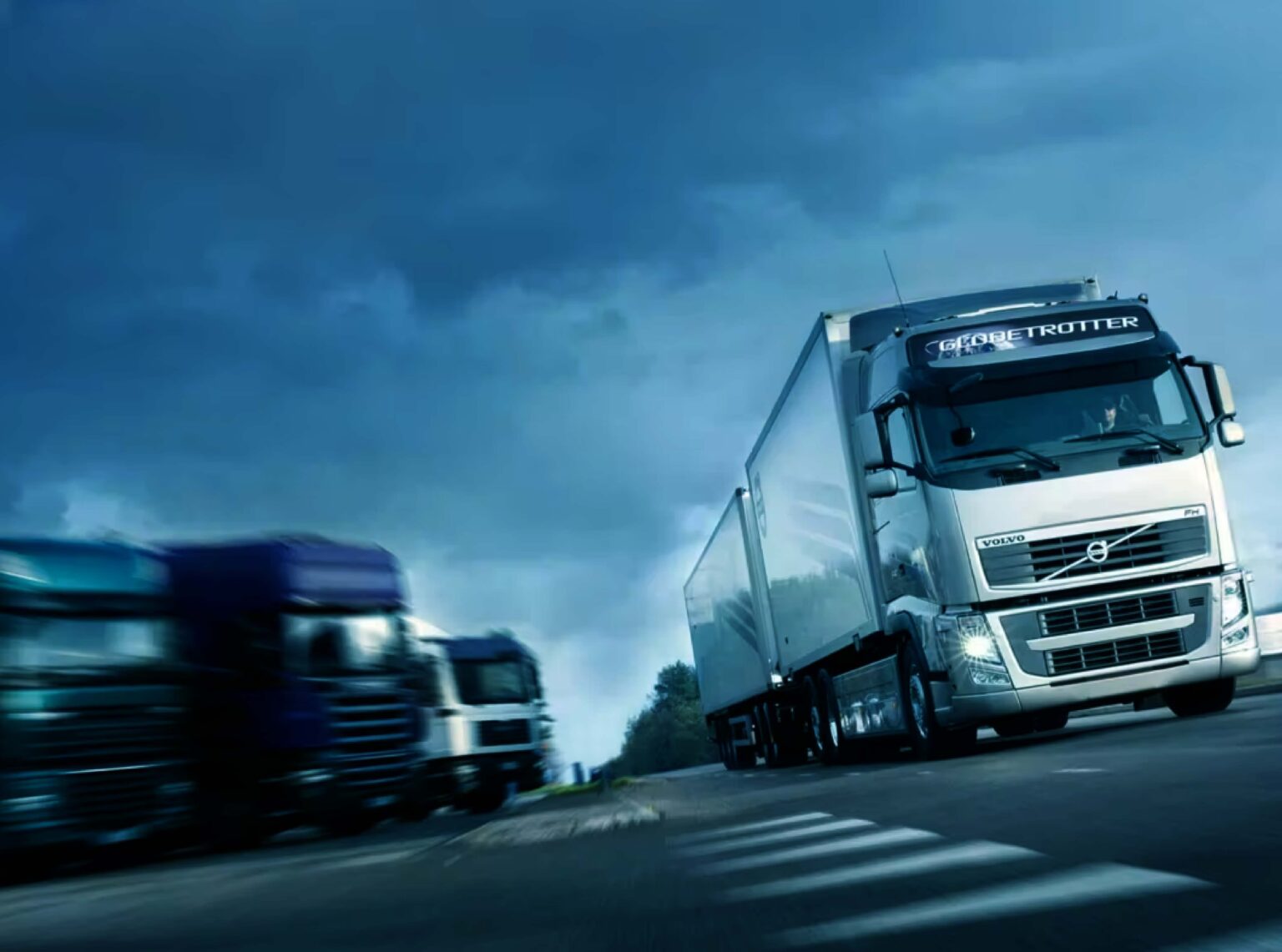Progressive Safe System (PSS)
New Progressive Safe System(DVS2) recommended by Transport For London
What Is The Progressive Safe System for DVS 2024
The easiest way to monitor and dispatch your vehicles
In October 2024, significant changes are coming to the Direct Vision Standard (DVS) permits required for driving heavy goods vehicles (HGVs) into Greater London. HGVs that do not meet the minimum requirement of 1 star (3 stars from October 2024) need to comply with the Progressive Safe System (PSS) which requires the installation of extra devices for indirect vision to alert drivers to vulnerable road users who are in a vehicle’s blind spot.
Introducing the Progressive Safe System (PSS)
Starting from October 28, 2024, Heavy Goods Vehicles (HGVs) with safety ratings falling below three stars will be required to incorporate the Progressive Safe System. For further information regarding the impending Direct Vision Standard 2024, please refer to our technical details below. This change is part of a larger effort to improve safety standards. The PSS will incorporate the latest technological advancements, which means some operators might need to upgrade their current equipment to newer, more advanced versions.
GET A QUICK QUOTE TODAY!
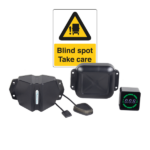
Progressive Safe System (DVS 2024) Kits
Unveiling Two Solutions to Your Compliance Needs
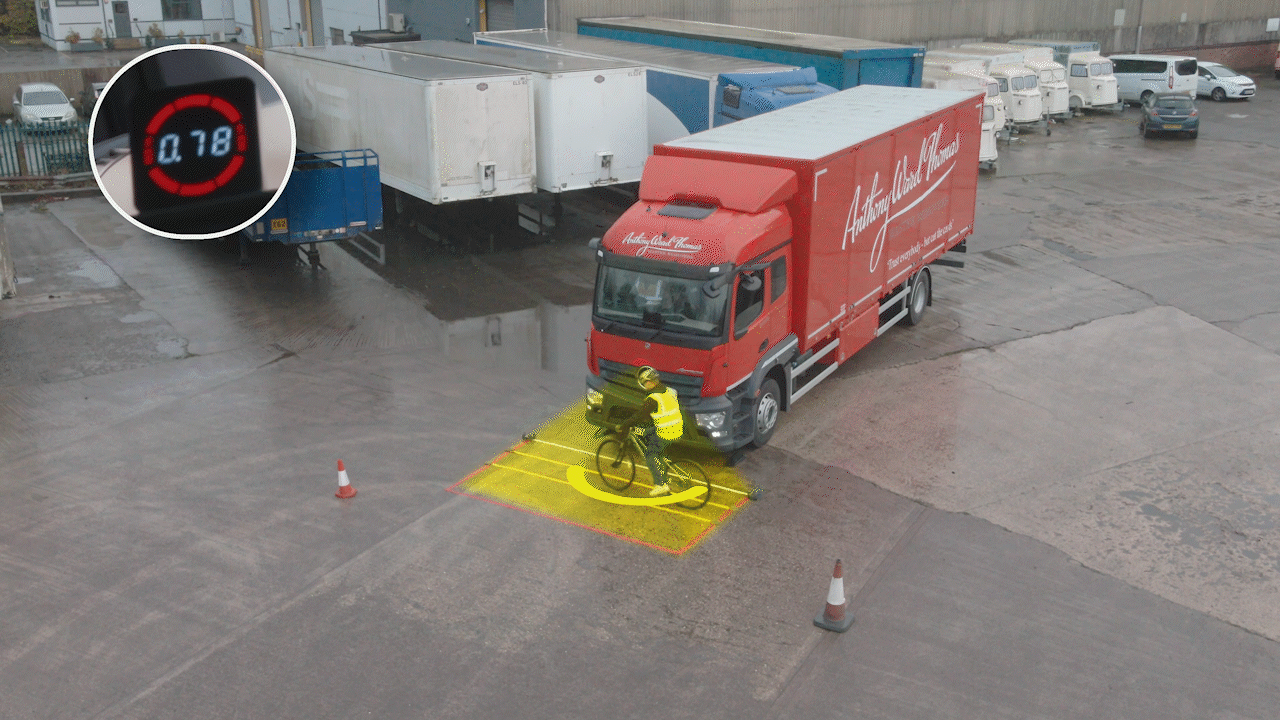
MOVING OFF INFORMATION SYSTEM (MOIS)
We offer a solution that meets the new requirements for Heavy Goods Vehicles (HGVs). Our front sensor system is designed to activate in response to proximity information signals. This effectively detects the presence of pedestrians or cyclists.
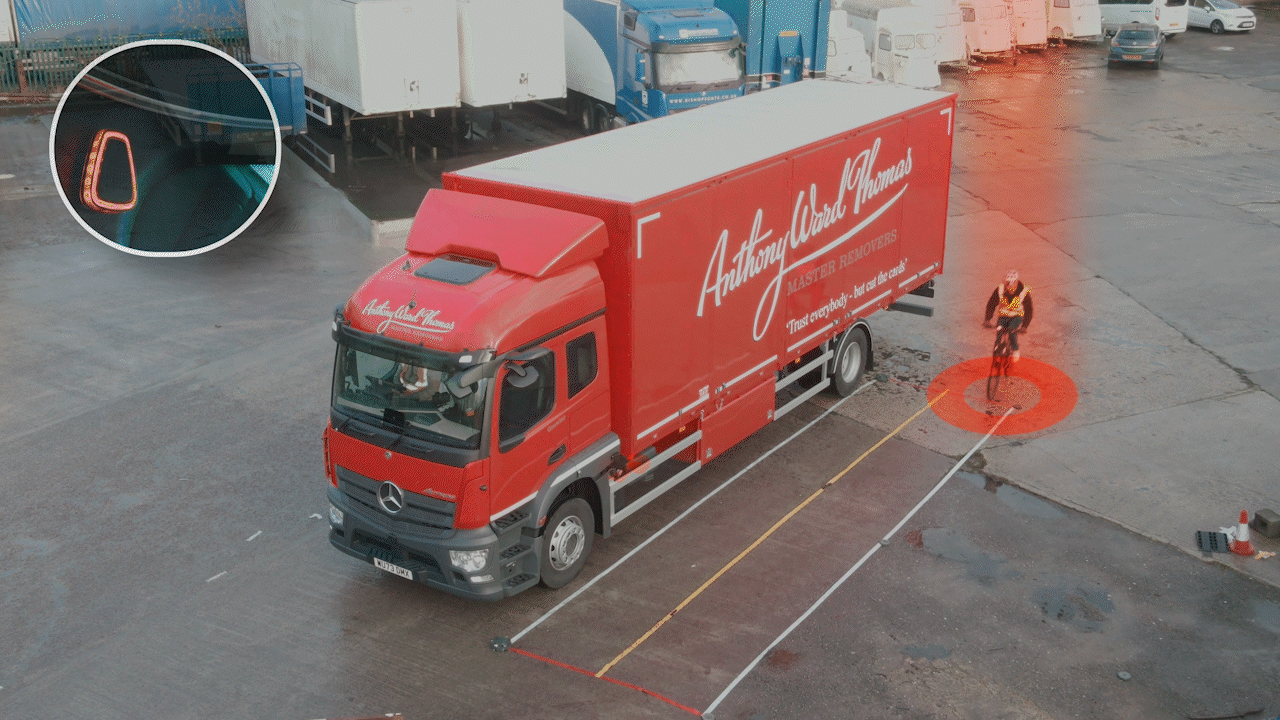
BLIND SPOT INFORMATION SYSTEM (BSIS)
Our solution includes installing Blind Spot Information Systems (BSIS) to your vehicle. Our BSIS sensor provides complete nearside coverage without false triggers. It is able to do so by distinguishing roadside furniture from stationary vehicles, ensuring your safety on the road.
Explore Our Progressive Safe System Solutions
We have put together a range of All-in-One kits to suit your fleet and ensure full compliance with DVS Phase 2.
If you know the DVS star rating of your HGV is 0, 1 or 2 stars, or if you have been granted a DVS Safety Permit until 2024 only, then you will need to install a Progressive Safe System to your vehicle before reapplying for a new DVS Safety Permit.

*To comply with the new 2024 DVS Progressive Safe System regulation, your vehicle must be equipped with both a MOIS system and a Blind Spot system.
Explore Fleet Witness's DVS Solutions
Gain a deeper understanding of the Direct Vision Standard (DVS) and its impact on road safety with our informative video. This feature offers an in-depth look at how Fleet Witness’s advanced safety solutions help you comply with the new regulations, ensuring your fleet meets the required safety standards.
| Thank you for Signing Up |



When do I need to have the DVS 2024 Progressive Safe System (PSS) Fitted?
Starting in October 2024, if your Heavy Goods Vehicles (HGVs) weigh over 12T and have a safety rating of 3 stars or lower. To operate in Greater London, a DVS Progressive Safe System is required for a Safety Permit, enabling legal travel within the area. Transport for London (TfL) recently concluded a public consultation on the Direct Vision Standard (DVS) for 2024 and the proposed specifications for the Progressive Safe System. Permits granted after October 2024 will be valid for 10 years.
- Find the star rating for your vehicle
This is the first step to establish what equipment you will require. You can contact your vehicle manufacturer, or simply send us a fleet list and we’ll complete this work for you free of charge.
The Progressive Safe System includes new features:
Provide different severity warning signals to alert you to the seriousness of the imminent collision.
Predict collisions by analysing the trajectories of both the vehicle and the vulnerable road user (VRU) to determine if a collision is likely.
Differentiate between moving and road side furniture.
The collision warning system must utilise a combination of at least two types of signals, such as optical, acoustic, or haptic, to effectively alert drivers.
There should be two alarms: one when the driver detects a vulnerable road user (VRU) while preparing to move off, and another when the vehicle detects a VRU after starting its forward manoeuvre.
When the vehicle is stationary, the system must signal the driver regarding any vulnerable road users (VRUs) present or entering the critical blind spot in front of the vehicle.
Detailed Requirements For The Progressive Safe System (PSS) in 2024
Equipment fitted to your vehicle as part of meeting the PSS must comply with the specification set out here.
Operators must ensure that their equipment for indirect vision, including Blind Spot & Moving Off Information Systems (MOIS), is fully operational. Both sensor systems must meet the performance requirements in the accompanying PSS technical specifications. This is available online at Direct Vision Standard and HGV Safety Permit
Both sensor systems must meet the performance requirements in the accompanying PSS technical specifications, available online at tfl.gov.uk/dvs
Camera Monitoring Systems (CMS)
Regardless of whether mirrors are already fitted, install a camera monitoring system to eliminate blind spots on the nearside of the vehicle. Position in-cab monitors near a window edge or existing mirror location to minimize driver distraction. A mirror replacement camera system may serve as an alternative to fitting Class V and VI mirrors.
Additionally, a mirror replacement camera system can be used as an alternative to fitting Class V and VI mirrors. Monitors intended solely for displaying blind spots related to low-speed maneuvering may deactivate at speeds above 20mph.
Note that the installation of this camera monitoring system and the BSIS system, is optional and not currently required to conform to the new PSS legislation. While it offers a valuable solution for eliminating all nearside blind spots, compliance is not mandatory.
Moving Off Information Systems (MOIS)
To ensure comprehensive coverage along the nearside of the vehicle, install blind spot information systems. These sensors should not activate in response to stationary vehicles or roadside furniture unless a collision is imminent.
For articulated vehicles, position sensors strategically on the tractor unit to provide sufficient nearside coverage without triggering by the trailer itself. These sensors should enable detection within the defined zone, including areas adjacent to a semi-trailer. Tailor the specific implementation to what works best for the technology supplier and the vehicle operator.
Blind Spot Information Systems (BSIS)
Blind spot information systems are required to be installed in the vehicle to ensure comprehensive coverage along the nearside of the vehicle. It is essential that these sensors do not activate in response to stationary vehicles or roadside furniture unless a collision is imminent.
For articulated vehicles, sensors must be strategically positioned on the tractor unit to offer sufficient coverage of the nearside without being triggered by the trailer itself. These sensors should enable detection within the defined zone, including areas adjacent to a semi-trailer. The specific implementation can be tailored to what works best for the technology supplier and the vehicle operator.
Audible Warning Of Intended Manoeuvre
Mandated vehicles must have audible warning equipment to alert nearby pedestrians, cyclists, and other road users of turning manoeuvres. The volume of this warning, measured at a one-meter distance from the sounder, should range from 65 to 88 decibels/dB(A).
Operators are encouraged to install an audible warning system combining spoken warnings and white noise. Ideally, such devices should require minimal driver intervention and include a manual on/off switch for use between 23:30 and 07:00.
For left-hand drive vehicles, fitting an audible vehicle manoeuvring warning is imperative to alert pedestrians and cyclists during right turns.
Warning Signage
Display warning signage on the rear of the Rigid Vehicle & any trailer unit in use, not the front tractor unit.
Design the signage to warn people walking and cycling of the hazards posed when near the vehicle.
Ensure the signage is not offensive or does not give instructional advice to people walking and cycling. The text point size must be legible to a cyclist or pedestrian at a reasonable distance from the vehicle.
Use signage of at least A3 size.
We are always happy to talk about your requirements and any specific issues you may be facing. Our sales consultants will put together a bespoke solution to suit your business.
Call 0203 897 3600 or Click the ‘Work With Us’ button
Where in London is the DVS 2024 Enforceable?
Where in London is the DVS Enforceable?
The map displayed below illustrates the geographical region within London where the DVS (Direct Vision Standard) regulation is presently in effect. It’s important to note that this regulation is applicable to all vehicles exceeding a weight of 12 tonnes. Irrespective of origin, whether originating from the United Kingdom or entering London from foreign locations.
Applying for DVS Permit
Find the star rating for your vehicle
Find out the DVS star rating of your heavy goods vehicle (HGV) over 12 tonnes gross vehicle weight and apply for a permit if required.
Install the necessary equipment and signage
Install a DVS Progressive Safe System (if your HGV DVS star rating is less than three)
Submit your application
Once you have completed the previous 2 steps, head back over to the TfL’s portal and start the DVS application for your HGV.
Penalties
Starting 26 October 2020, driving an HGV in London without a valid permit can result in a penalty charge notice (PCN) of up to £550. This amount is reduced to £275 if paid within 14 days, with a separate £130 fine for the driver.
TFL can also revoke or suspend a permit if a vehicle that has been granted a permit is later found to be in breach of the permit terms.

Our Experts
Fleet Witness can assist you in planning the deployment
and organising installations. We have a staff of expert
fitters throughout the UK to assist you were they can
should you require an installation.
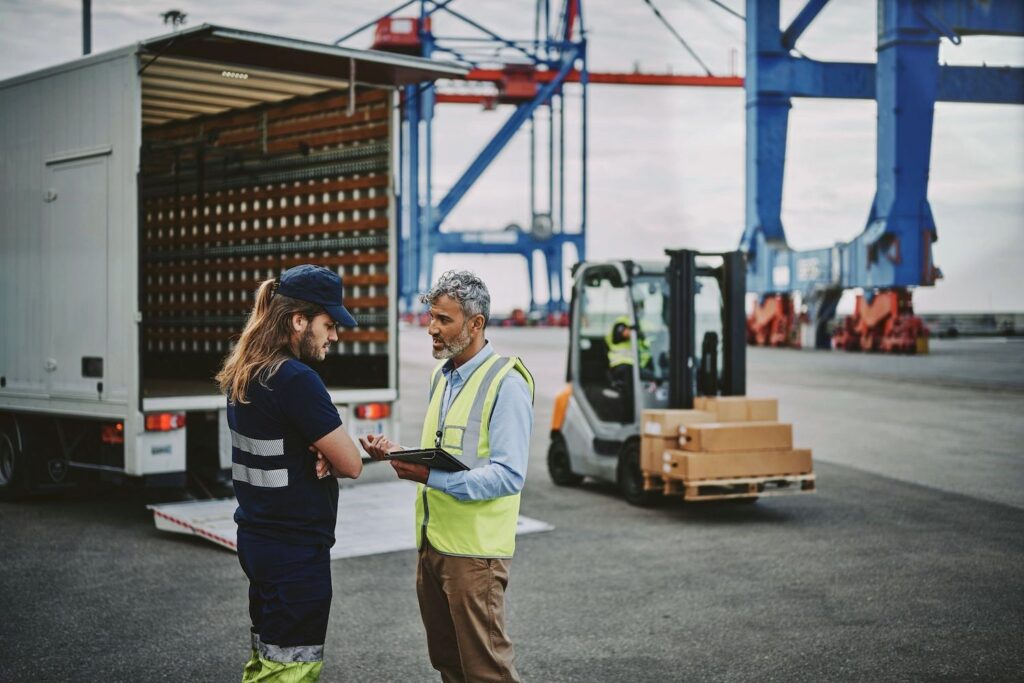
Trusted by fleets large and small including:
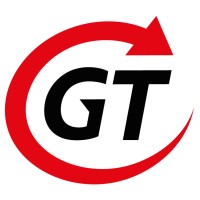


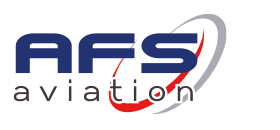
Decisive, realistic, expert, systematic, precise
Unlock the full potential of your fleet with our decisive solutions, realistic insights, and industry expertise.


CONTACT US FOR MORE INFORMATION
Get in touch
Feel free to drop us a message, we’ll call back to discuss your requirements in more detail.

Solutions
We offer bespoke design and build services.
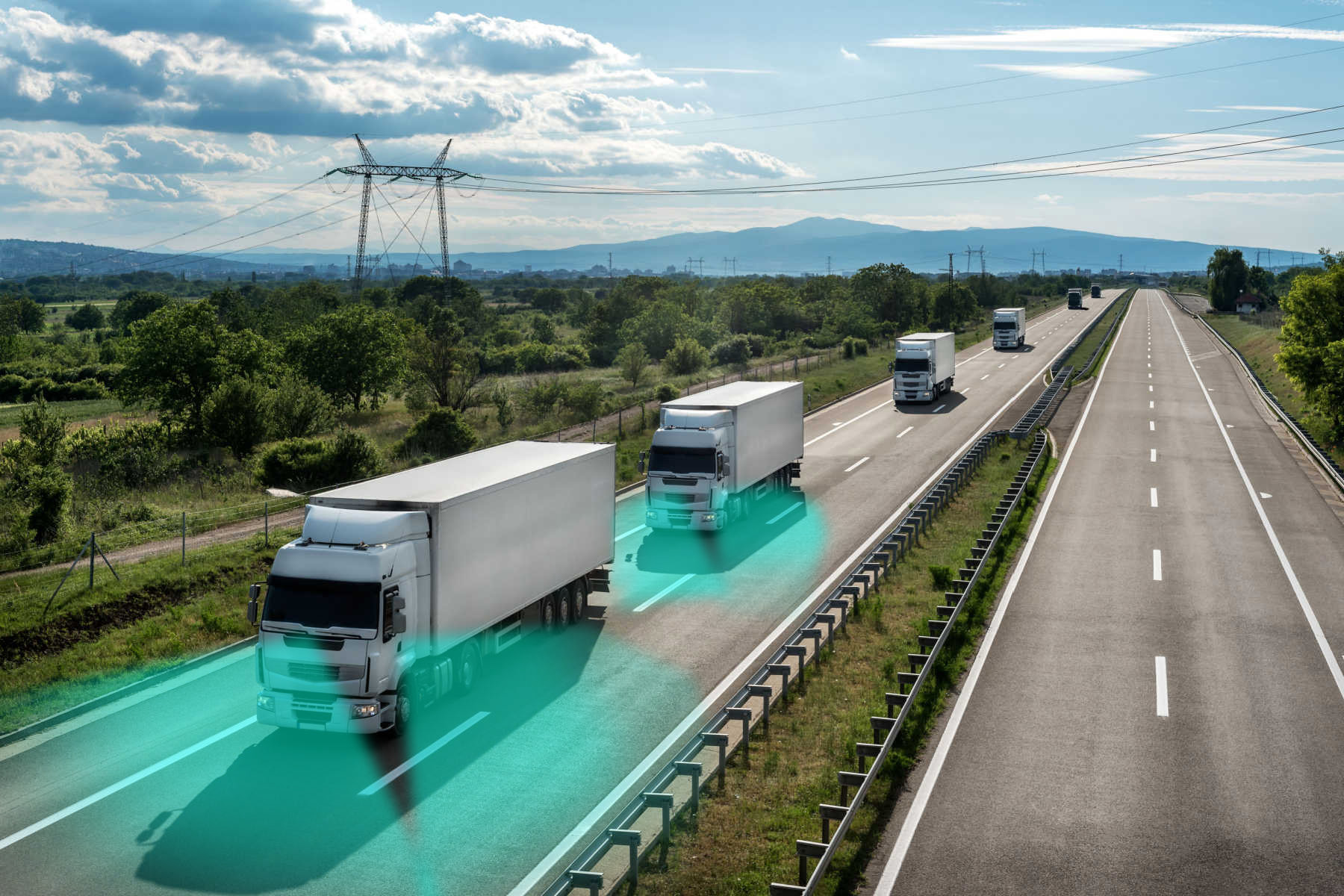
Articles
Read the latest challenges facing the industry.

Contact Us
We have a dedicated team ready to help.









